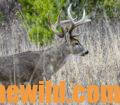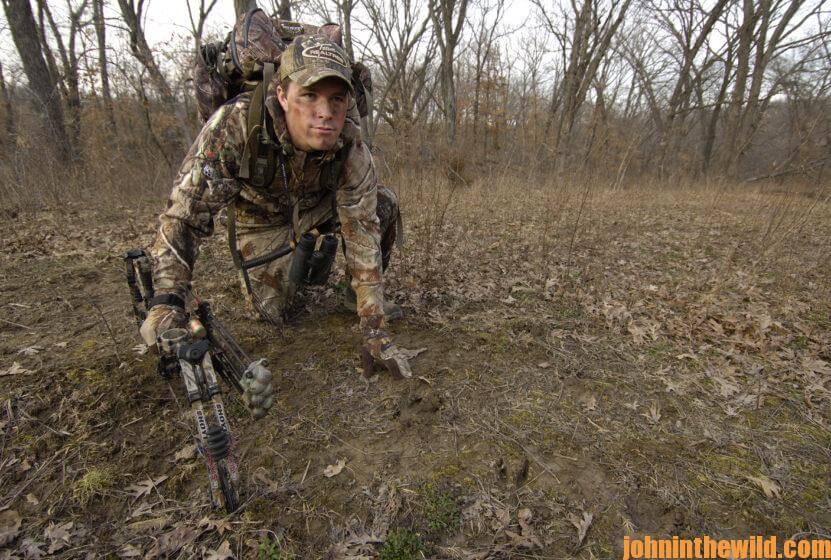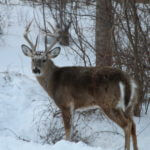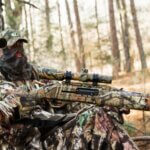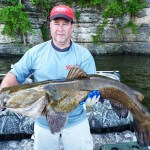Editor’s Note: Through the years in any hunting camp I’ve been in, a track expert, who can tell the size, sex and age of a deer by its tracks, always has been in residence. I’ve stalked deer before that the width of their tracks has convinced me they’re bucks. Also I’ve had hunters tell me that seeing the dew claws as part of the deer track is a definite indication that the animal that has made the track is a buck. Because so much misinformation exists about deer tracks, and what information they can communicate to those of us who hunt, I’ve talked to wildlife biologists and avid deer hunters to learn the truth about deer tracks.
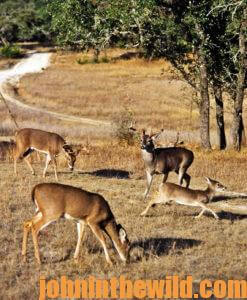 I’ve known some hunters who have sat in the same tree stand for three or four days because they’ve found some deer tracks in a spot and are sure a buck will pass by eventually. I’m also acquainted with others who have followed deer tracks over 10 miles of countryside, trying to catch-up to the deer that have made those tracks. Still others I know completely have disregarded tracks and prefer instead to hunt over agricultural fields, at nut trees where the deer feed or in thickets where the animals may bed. So, how important are tracks to your hunting plan?
I’ve known some hunters who have sat in the same tree stand for three or four days because they’ve found some deer tracks in a spot and are sure a buck will pass by eventually. I’m also acquainted with others who have followed deer tracks over 10 miles of countryside, trying to catch-up to the deer that have made those tracks. Still others I know completely have disregarded tracks and prefer instead to hunt over agricultural fields, at nut trees where the deer feed or in thickets where the animals may bed. So, how important are tracks to your hunting plan?
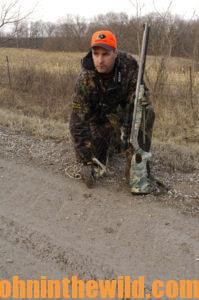 “Obviously, you want to see some deer tracks to reassure yourself psychologically that there are deer around,” longtime wildlife biologist Bob Zaiglin explains. “But in many places with dry, rocky terrain, like southern Texas and Mexico, you don’t see many tracks, even though plenty of deer may be in an area. A medium like rock or dry ground won’t hold the impression of the deer’s hoof print. As a wildlife manager as well as an avid deer hunter, I don’t like to see too- many tracks, because that indicates too-many deer are on the land. Too many deer mean the animals lack quality, and few, if any, will be trophy bucks. The fewer deer in a deer herd, the more likely the deer are to be healthy, older and bigger bucks.”
“Obviously, you want to see some deer tracks to reassure yourself psychologically that there are deer around,” longtime wildlife biologist Bob Zaiglin explains. “But in many places with dry, rocky terrain, like southern Texas and Mexico, you don’t see many tracks, even though plenty of deer may be in an area. A medium like rock or dry ground won’t hold the impression of the deer’s hoof print. As a wildlife manager as well as an avid deer hunter, I don’t like to see too- many tracks, because that indicates too-many deer are on the land. Too many deer mean the animals lack quality, and few, if any, will be trophy bucks. The fewer deer in a deer herd, the more likely the deer are to be healthy, older and bigger bucks.”
Horace Gore, a retired professor of wildlife biology, believes tracks can be very important to a deer hunter’s scouting successfully. “Seeing deer tracks when you’re scouting out a hunting area reminds me of the old saying, ‘If a deer is there, he’s making tracks.’ If you’re scouting a spot looking for trails and deer sign but don’t find any tracks, probably no deer are in the region.”
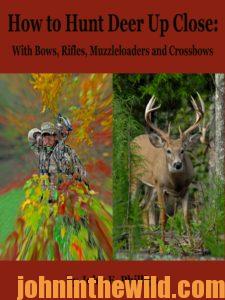 To learn more about hunting deer, check out John E. Phillips’ book, available in Kindle, print and Audible versions, “How to Hunt Deer Up Close: With Bows, Rifles, Muzzleloaders and Crossbows” (http://amzn.to/11dJRu8).
To learn more about hunting deer, check out John E. Phillips’ book, available in Kindle, print and Audible versions, “How to Hunt Deer Up Close: With Bows, Rifles, Muzzleloaders and Crossbows” (http://amzn.to/11dJRu8).

